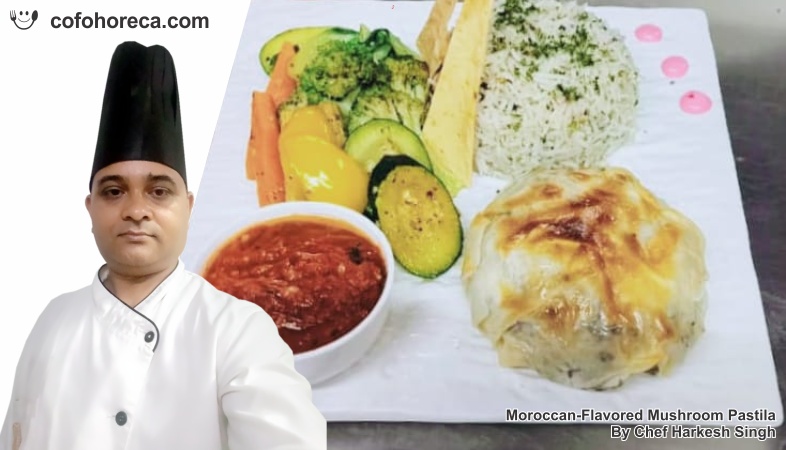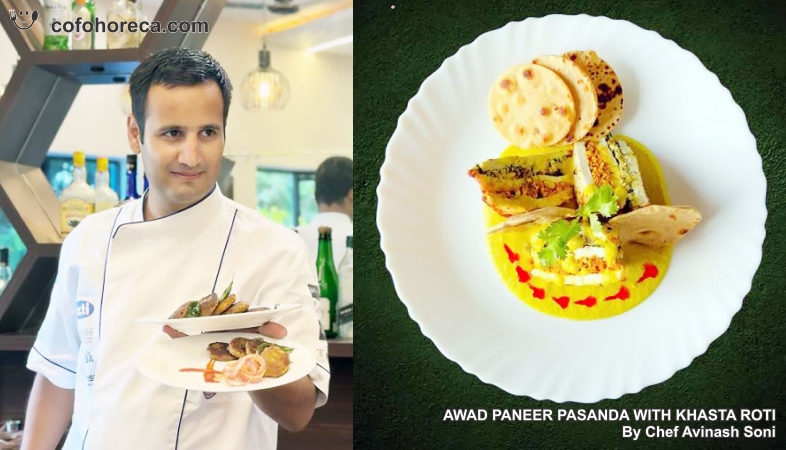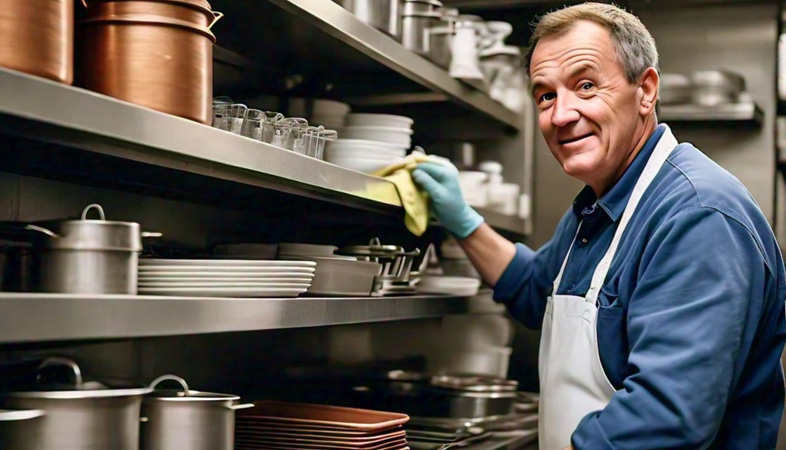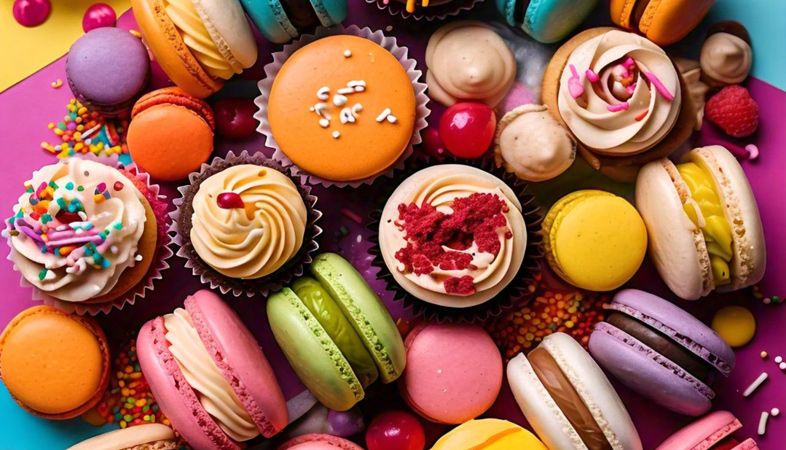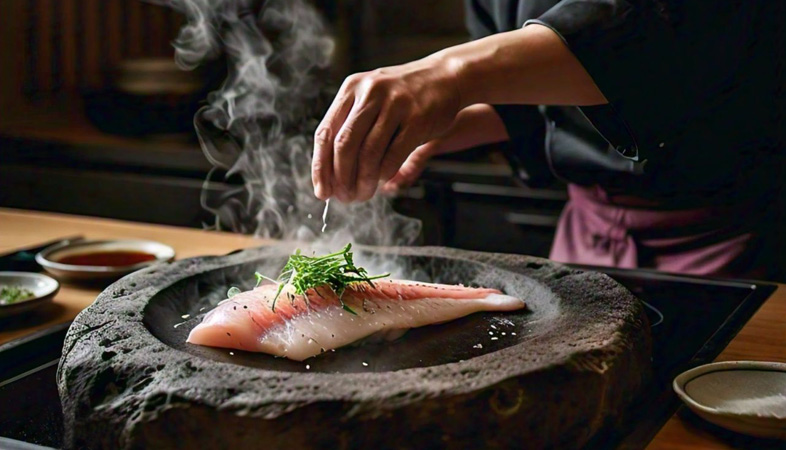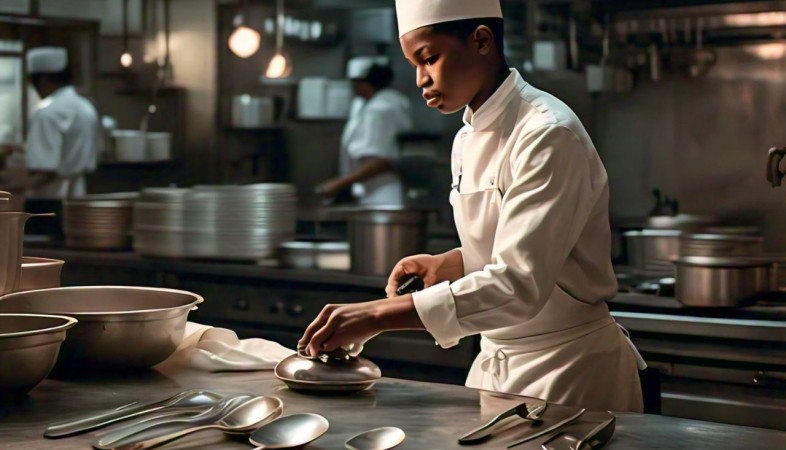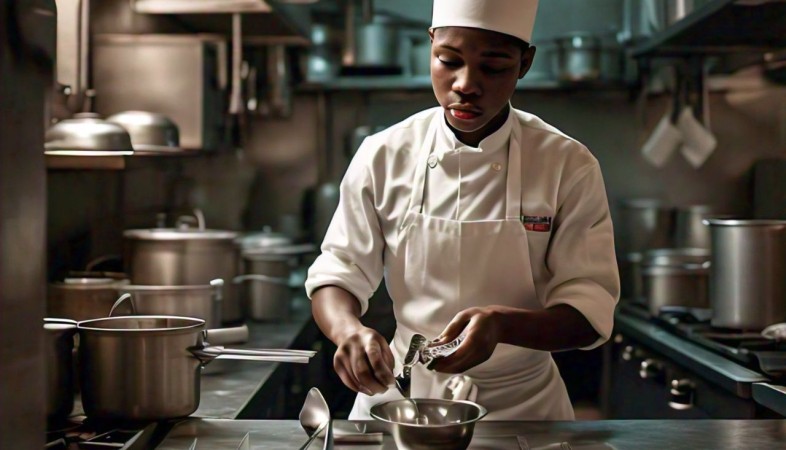The Psychology of Menu Design: How to Influence Diners’ Choices
The menu is more than just a list of food items; it is a powerful tool that shapes the dining journey from the moment customers sit down to the moment they leave.
Menu design is a subtle yet powerful tool that can
significantly influence diners' choices and enhance their overall dining
experience. The psychology behind menu design involves strategic placement,
visual elements, and descriptive language that can guide customers towards
specific dishes and increase their satisfaction. Here’s how these elements come
into play:
One of the primary techniques in menu design is the strategic placement of items. Research suggests that diners are most likely to notice items placed in certain areas of the menu. For example, the upper right-hand corner and the center of a two-page menu are considered prime spots, often referred to as the “Golden Triangle.” Placing high-margin or signature dishes in these areas can increase the likelihood of them being ordered.
Visual elements also play a crucial role in menu design. Using boxes or borders to highlight specific items can draw attention to them. Icons or symbols, such as chef’s hats or stars, can indicate house specialties or popular choices, subtly suggesting that these items are worth considering. Additionally, the use of white space around menu items can make them stand out and appear more important.
Color psychology is another critical aspect of menu design. Different colors evoke different emotions and can influence diners' perceptions. For example, red and yellow are known to stimulate appetite and create a sense of urgency, which is why many fast-food restaurants use these colors in their branding and menus. On the other hand, blue and green are more calming and might be used in fine dining establishments to create a relaxed atmosphere.
Descriptive language can significantly impact diners' choices by making dishes sound more appealing. Instead of listing ingredients plainly, using evocative descriptions can create a sensory experience for the reader. Phrases like “succulent grilled salmon with a zesty lemon butter sauce” are more enticing than “grilled salmon.” Descriptive names and appealing adjectives can enhance the perceived value of a dish and make it more tempting.
The layout and organization of the menu can guide diners through their choices in a logical and appealing way. Grouping similar items together, such as appetizers, entrees, and desserts, makes the menu easier to navigate. Within these sections, listing the most profitable or desirable items first or last takes advantage of the primacy and recency effects, where people are more likely to remember the first and last items in a list.
Incorporating images of food can be a double-edged sword. While high-quality, appetizing photos can entice diners and increase sales, overuse of images can make a menu look cluttered and less upscale. Fine dining establishments often avoid pictures to maintain an air of sophistication, while casual dining and family-oriented restaurants might use them to great effect.
Highlighting healthier options or special dietary accommodations can also influence diners’ choices. Clearly marking vegetarian, vegan, gluten-free, or low-calorie options makes it easier for customers with specific dietary needs to find suitable dishes. This consideration not only improves the dining experience for these customers but also positions the restaurant as inclusive and considerate of diverse dietary preferences.
Lastly, testimonials or quotes from chefs or customers can add a personal touch and create a sense of community and trust. A brief note from the chef about a signature dish or a customer favorite can add authenticity and encourage diners to try it.
The psychology of menu design is a sophisticated blend of strategic placement, visual appeal, descriptive language, pricing tactics, and thoughtful organization. By understanding and applying these principles, restaurants can influence diners’ choices, enhance their dining experience, and ultimately increase sales and customer satisfaction. The menu is more than just a list of food items; it is a powerful tool that shapes the dining journey from the moment customers sit down to the moment they leave.
.png)








